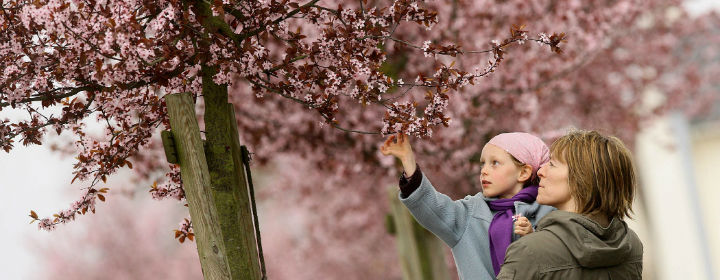Skip to content

- K Vlahtsis, clinical study of Nasaleze for relief of allergy symptoms including sneezing, runny nose, itchy and watery eyes:All 40 participants in this study were using a pharmaceutical treatment (decongestants, corticosteroids and anti-histamines) for their hayfever at the beginning of this study.Participants were asked to discontinue the use of their pharmaceutical treatments and use Nasaleze only.After 3 weeks of use 85% of participants realized improvement in their allergy symptoms. After 6 weeks of use, 90% of participants realized improvement in their symptoms.This study was presented at the PanHellenic Conference of ENT Specialists on 19th March 2004
- P Josling and S Steadman, use of cellulose powder for the treatment of Seasonal Allergic Rhinitis:In this open study of over 100 volunteers the participants were asked to rate how well Nasaleze performed in comparison to pharmaceutical products they had taken in the past.Volunteers rated Nasaleze as working more effectively for them than some of the worlds’s biggest selling allergy brands, such as UCB Pharma & rsquo;s Benadryl anti-histamine.This study was peer reviewed and published in a US publication called Alternatives in Natural Therapy in July 2003.
- V Aivazis, E Bourli, T Maratou et al, measure of improvement in nasal muco-ciliary clearance and peak inspiratory flow rate (PNIFR) in children with allergicrhinitis:This study involved 100 children with an average age of 8.2 (but including children as young as 1.5 years) and showed a significant improvement in Nasal Mucous Clearance (reduced from 39 minutes to 18.15 minutes) and a PNIFR improvement of up to 25.7%.Both these improvements were due to Nasaleze aiding the regeneration and normalization of the ciliary’s epithelium.This study was published in a leading Greek journal Medical Journal, NeaPediatrica Chronica and was presented at the 2005 European Academy of Aerbiology and Clinical Immunology in Munich.
- J Emberlin and R Lewis, effect of Nasaleze on symptoms of hayfever in adults and the difference in the amount of rescue medication used:In this doubleblind placebo controlled study of 100 adult hay feversufferers the amount of rescue medication (including antihistamines and nasal sprays) used by the placebo groupwas significantly greater than that used by the active (Nasaleze) group.This study has been peer reviewed and published in the respected UK Current Medical Researchand Opinion (CMRO) Vol 22. No 2 275-285 2006.
- J Emberlin and R Lewis, efficacy of Nasaleze for use in hay fever via pollen provocation tests:In this study involving 11 adult hay fever sufferers (diagnosed tobe allergic to grass pollen by skin prick test and history of hayfever symptoms over the previous years).Nasaleze was shown to have significant effects in reducing symptoms of sneezing and itchy eyes.This study was presented at the European Academy of Allergology and Clinical Immunology (EAACI) conference in Vienna, June 2006 by J Emberlinand R Lewis. This study will subsequently be peer reviewed & amp; submitted for publication in aleading Allergy Journal.
- J Emberlin and R Lewis, double blind placebocontrolled cross over challenge study by nasalprovocation with house dust mite allergen 2006:The results show significant differences (p=<0.05) for sneezing, itchy nose, runny nose and ECPs in nasal secretions.The results were also significant at this level for peak nasal expiratory and inspiratory flow but there was considerable variation. The results for other symptoms were not significantly different between the cellulose powder and the placebo. There were no adverse reactions.The inert cellulose powder can have significant effects in reducing some symptoms of persistent rhinitis due to house dust mite allergy.Presented as a Posterat the European Academy of Aerobiology and Clinical Immunology, Sweden, June 2007





